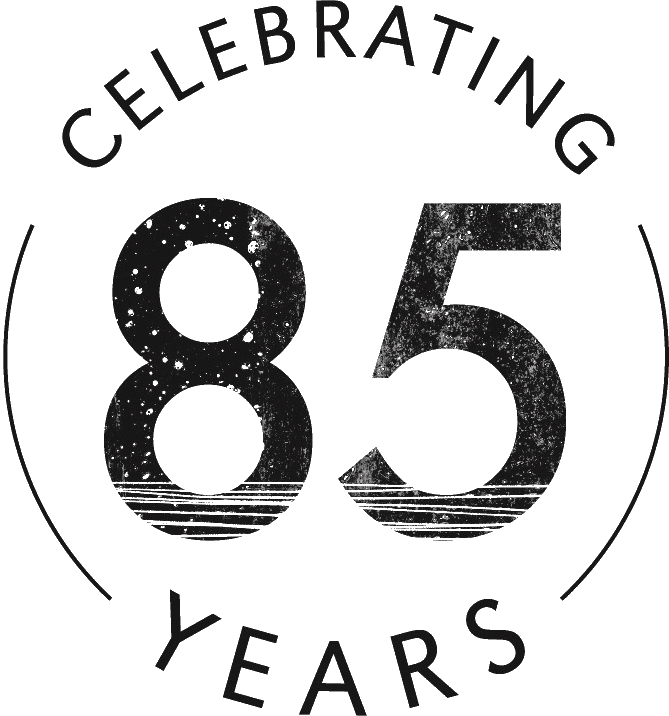Ithell Colquhoun: The Alchemist of Surrealism
Ithell Colquhoun (1906–1988) was a visionary artist who stood between surrealism and mysticism. Known for her profound exploration of the unconscious and her dedication to esoteric studies, Colquhoun’s legacy is enigmatic and fascinating.
Colquhoun’s Foundations
Born in India to British parents, Colquhoun’s early life was shaped by exposure to diverse cultures. Moving to England, she studied at the Slade School of Fine Art and began to establish her practice. During the 1930s, she aligned herself with the surrealist movement, captivated by its focus on dreamscapes, automatic drawing, and the subconscious. Works like “Scylla” (1938) exemplify this period, combining vivid colours and abstract forms that evoke both natural landscapes and human anatomy.
However, Colquhoun’s growing interest in mysticism, alchemy, and the occult set her apart. Her refusal to limit her creative freedom led to a split with the British Surrealist Group in 1940, a departure that opened new doors for her artistry.
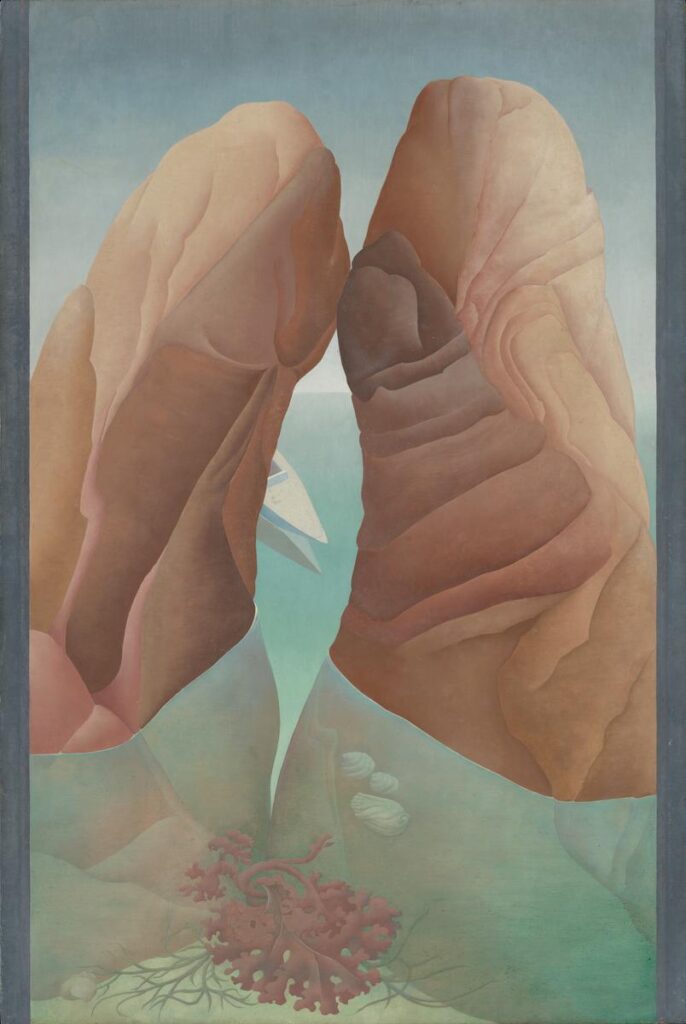
Mysticism and the Occult
Colquhoun was immersed in esoteric traditions. She studied Kabbalah, alchemy, Celtic mythology, and sacred geometry, using these ancient systems as the foundation for her work. Paintings like “The Pine Family” (1940) reveal her ability to blend esoteric symbols with surrealist techniques, creating art that speaks to both the conscious and unconscious mind.
In addition to painting, Colquhoun was a talented poet, essayist, and playwright. Her written works complement her visual art, offering insights into her spiritual worldview. She used techniques like automatism not only in her paintings but also in her writing.
As a member of several occult organisations, including the Golden Dawn, Colquhoun’s writings often explored spiritual and philosophical themes. Her 1957 book, The Living Stones: Cornwall, is a blend of travelogue and mystical reflection, capturing her love for Cornwall’s rugged landscapes and their connection to Celtic heritage.
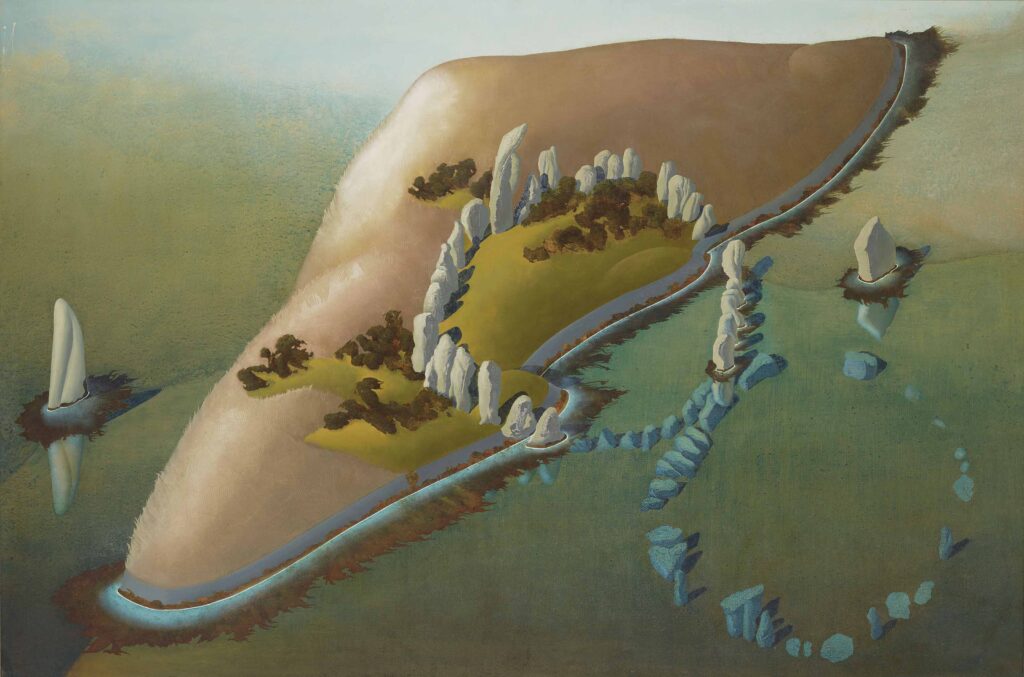
Despite being overlooked for much of the 20th century, Colquhoun’s work is now undergoing a revival. Currently showing at Tate St Ives, Ithell Colquhoun: Between Worlds is the largest exhibition of her work to date, showcasing over 200 pieces, many never before seen.
Colquhoun’s art feels more relevant than ever today, where the interplay of art, spirituality, and identity is being re-examined. Her work invites us to question boundaries, whether between the physical and the metaphysical, or the conscious and the unconscious.
The act of painting, therefore, becomes an act of divination that connects the artist to natural and spiritual forces. Automatic paintings reveal the interconnectedness of the inner and outer worlds, the subject and the object, the I and the Other.
Ithell Colquhoun, source The Art Story.org
Inspired?
Take a look at our courses inspired by the wonderful world of Ithell Colquhoun and discover exercises and techniques developed by her and similar artists.
6/2/2025
Share on
Related Stories
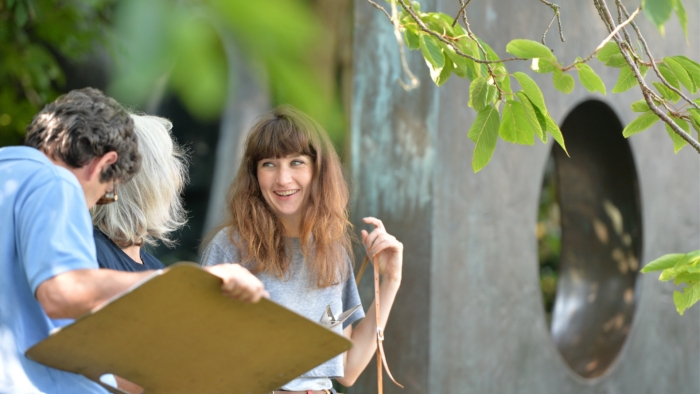
The Independent: Barbara Hepworth's St Ives
As seen in… Words by Jonathan Lorie As a major exhibition of the British sculptor opened, Jonathan Lorie travelled to St Ives, the town that inspired Barbara Hepworth, to feel its draw for himself. “Are you OK to get a bit mucky?” asks the drawing teacher as he hands me a stick of charcoal on...
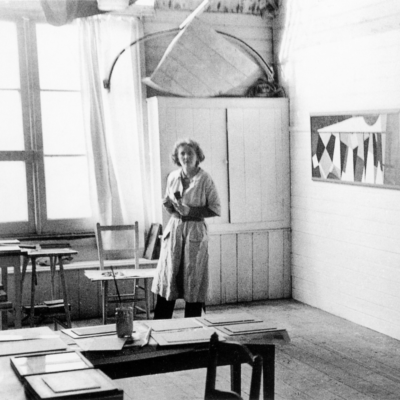
Wilhelmina Barns-Graham Trust
The Wilhelmina Barns-Graham Trust was established by Scottish artist Wilhelmina Barns-Graham in 1987. The trust aims to foster, protect and promote the reputation of Barns-Graham as well as supporting and inspiring art and art history students through the provision of bursaries and scholarships. The Artist’s Life and Legacy Wilhelmina Barns-Graham, known as Willie, was born...
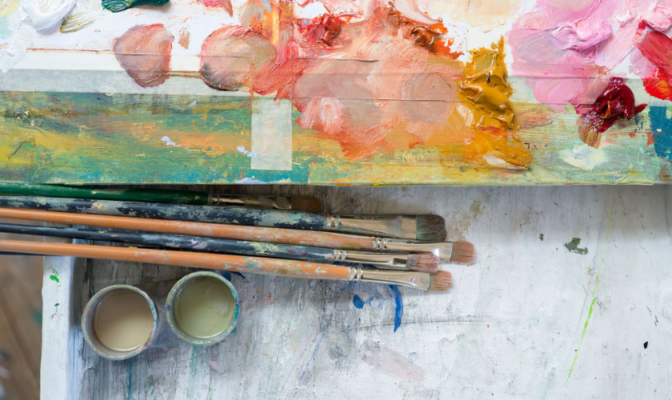
How to Choose the Right Online Oil Painting Course for You
With the rise of online learning, we now have access to a wealth of oil painting courses at our fingertips. Whether you’re a complete beginner or looking to refine your skills, choosing the right course can make all the difference. But with so many options available, how do you know which is best suited for...
